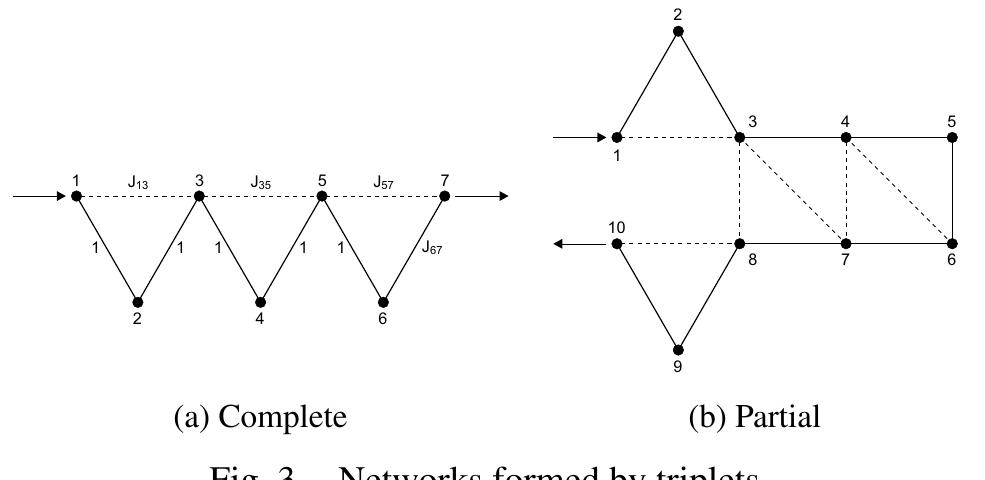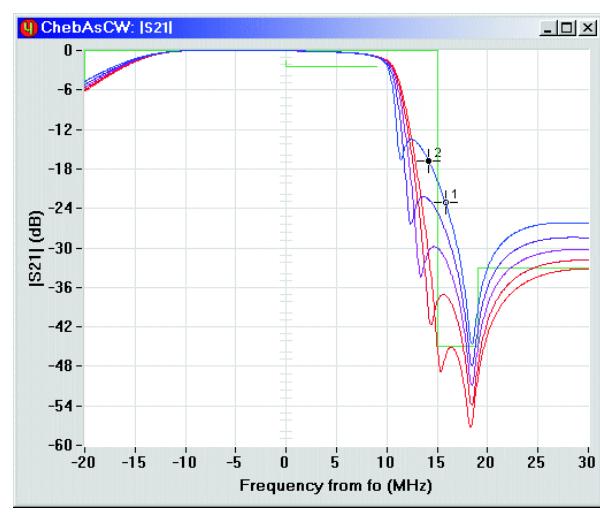Key research themes
1. How can transmission line configurations and fractal geometries be employed to design wideband and highly selective bandstop filters with improved rejection and compact size?
This research area investigates novel bandstop filter (BSF) designs that achieve wide rejection bandwidths and sharp skirt selectivity. Approaches focus on innovative transmission line configurations and geometrical techniques such as fractal shapes to enhance stopband control, frequency response, and compactness, which are crucial for suppressing broadband interferences in wireless systems.
2. What strategies leverage metamaterial-inspired structures and multiple resonator pathways to develop compact, multi-band, and dual-band bandpass filters suitable for modern wireless communication systems?
Research within this theme focuses on miniaturized bandpass filter (BPF) designs using metamaterial unit cells, split-ring resonators (SRRs), multiple transmission paths, and innovative resonator configurations. These strategies enable tunable multi-band operation, broad passbands, and high selectivity, supporting emerging wireless standards such as GPS, ISM, Wi-MAX, and WLAN while addressing the need for compact integration and broad stopband suppression.
3. How can fractional-order filter designs and novel low-pass filter structures employing spur-lines improve stopband attenuation and provide electronically controllable parameters?
This theme explores fractional-order filter approximations and the integration of spur-line techniques in conventional microstrip low-pass filters to generate additional attenuation poles, improving stopband bandwidth and depth. Furthermore, electronically tunable fractional-order filters using operational transconductance amplifiers (OTAs) and adjustable current amplifiers (ACAs) enable continuous control over filter order and pole frequency, providing adaptable filtering solutions.









